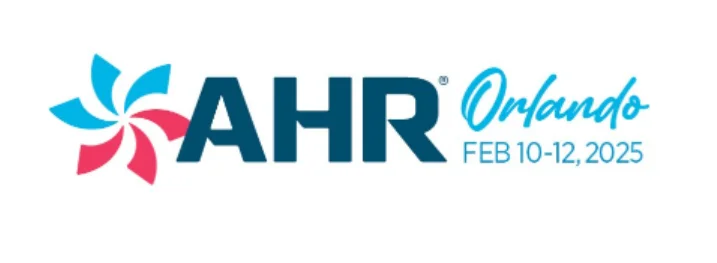How to Make a Flare That Won’t Leak (Podcast)

Kevan Mayer with NAVAC comes on and talks all about flaring best practices step by step. From cutting to reaming to torque wrenches, we cover how to make a flare from start to finish. The goal of making a good flare is to reduce leaks as much as possible, especially on ductless units and in commercial HVAC/R.
When you make a flare, you have to make sure the depth is correct and consistent, especially on R-410a systems. NAVAC makes various flaring tools, including fast battery-powered ones, that can help you get a consistent depth on your flares. You can learn more about some of their flaring tools HERE.
You start off making flares by cutting your tubing. Make sure you have a clean, square cut. Using a sharp tool cutter is the best way to make sure that you get that clean cut. Tighten your tool down in increments. Cleaner cuts make deburring/reaming easier.
Assembly lubricants like Nylog and oil are excellent products to help you make a flare if used correctly. You don't want to let the oil or synthetic lubricants drip into the tube. Only use a little bit of these products, as too much Nylog on the threads can also change your torque spec. You can also put these lubricants on the cone of your flare tool.
When assembling a flare, make sure that you follow the manufacturer's specs regarding height and flare nuts. Be mindful of the torque you apply during the assembly. Use a backing wrench and torque wrench for assembly.
We also discuss:
- Reaming/deburring practices
- Differences in line sets with different refrigerants
- Flares in residential and commercial HVAC
- Flare gauges
- Torque specs and torque wrench usage
- Pressure considerations
- Leakage, pressure testing, and decay testing
Learn more about Refrigeration Technologies HERE.
If you have an iPhone, subscribe to the podcast HERE, and if you have an Android phone, subscribe HERE.
Check out our handy calculators HERE.








Comments
To leave a comment, you need to log in.
Log In